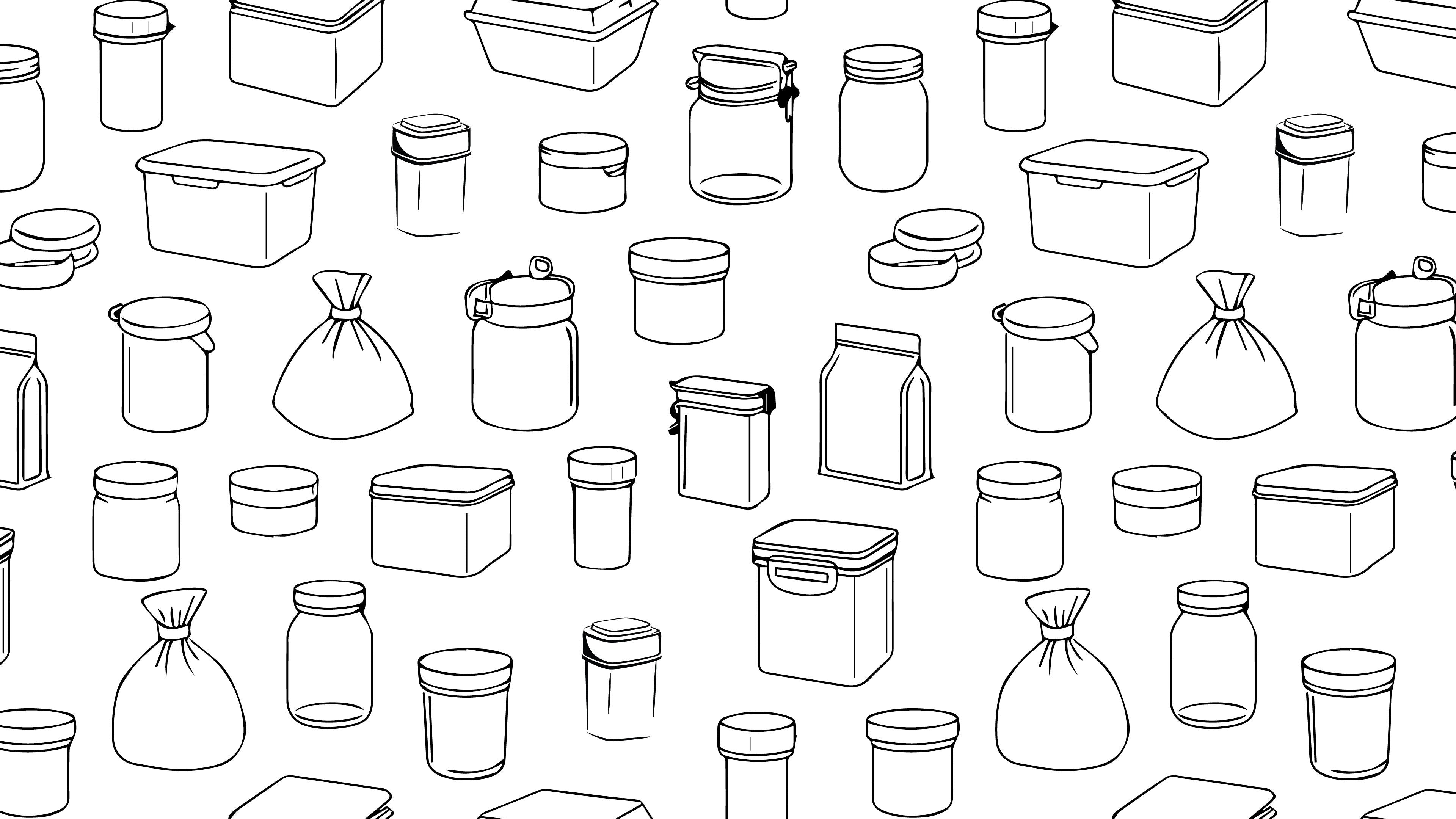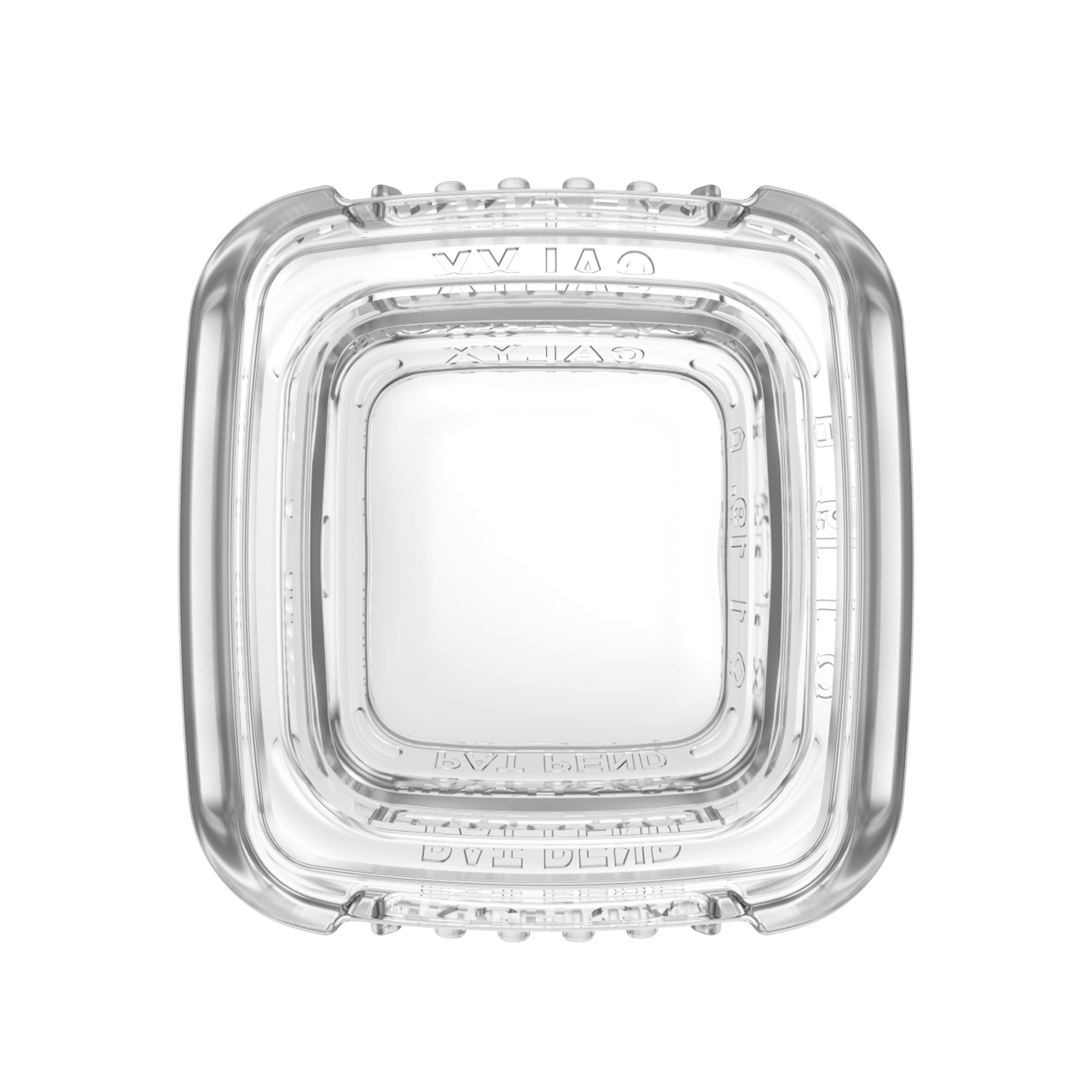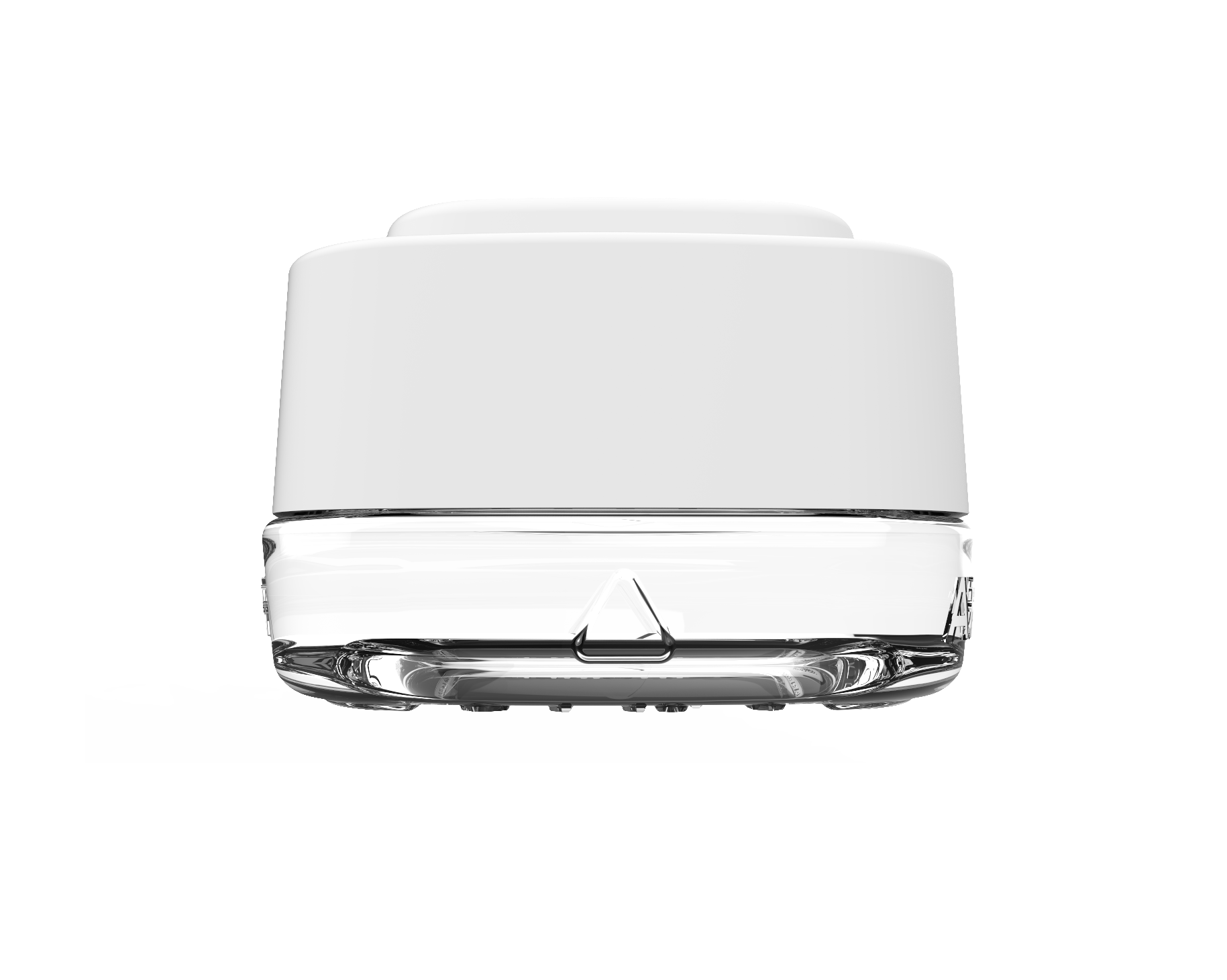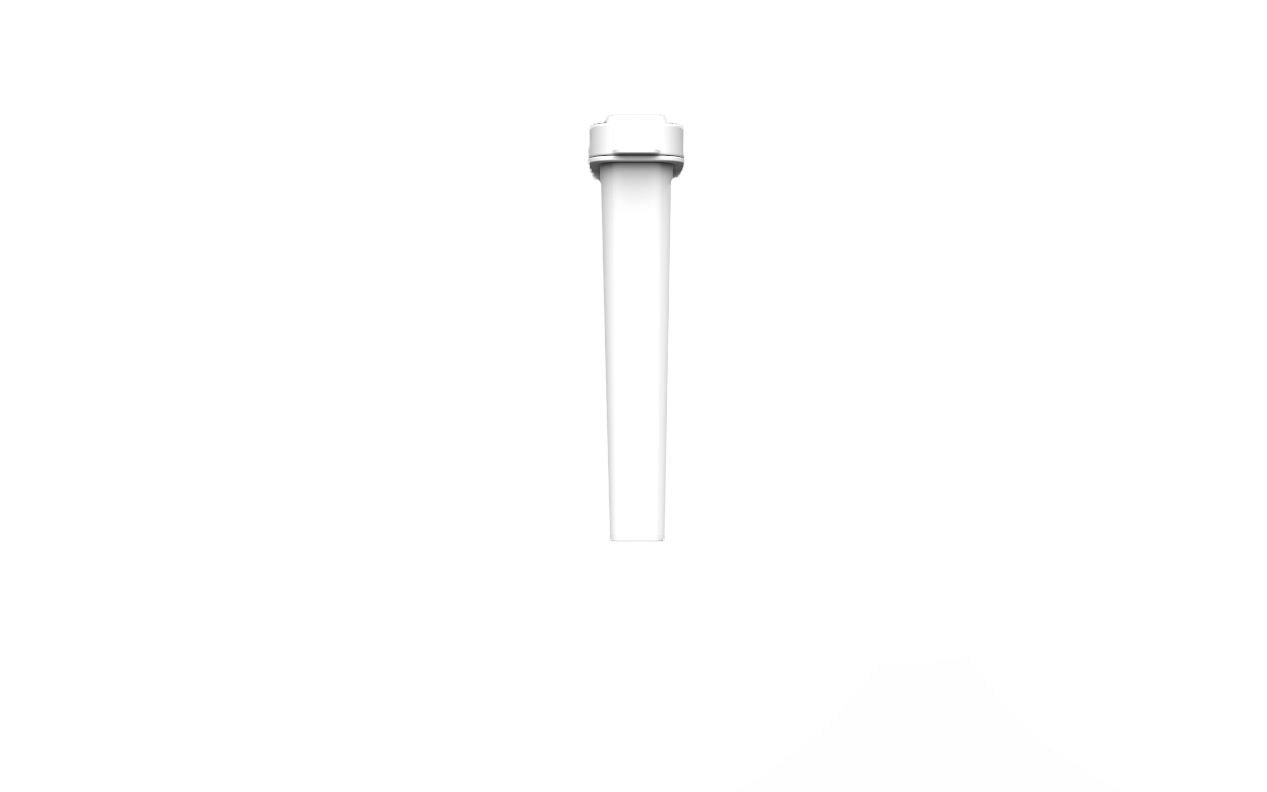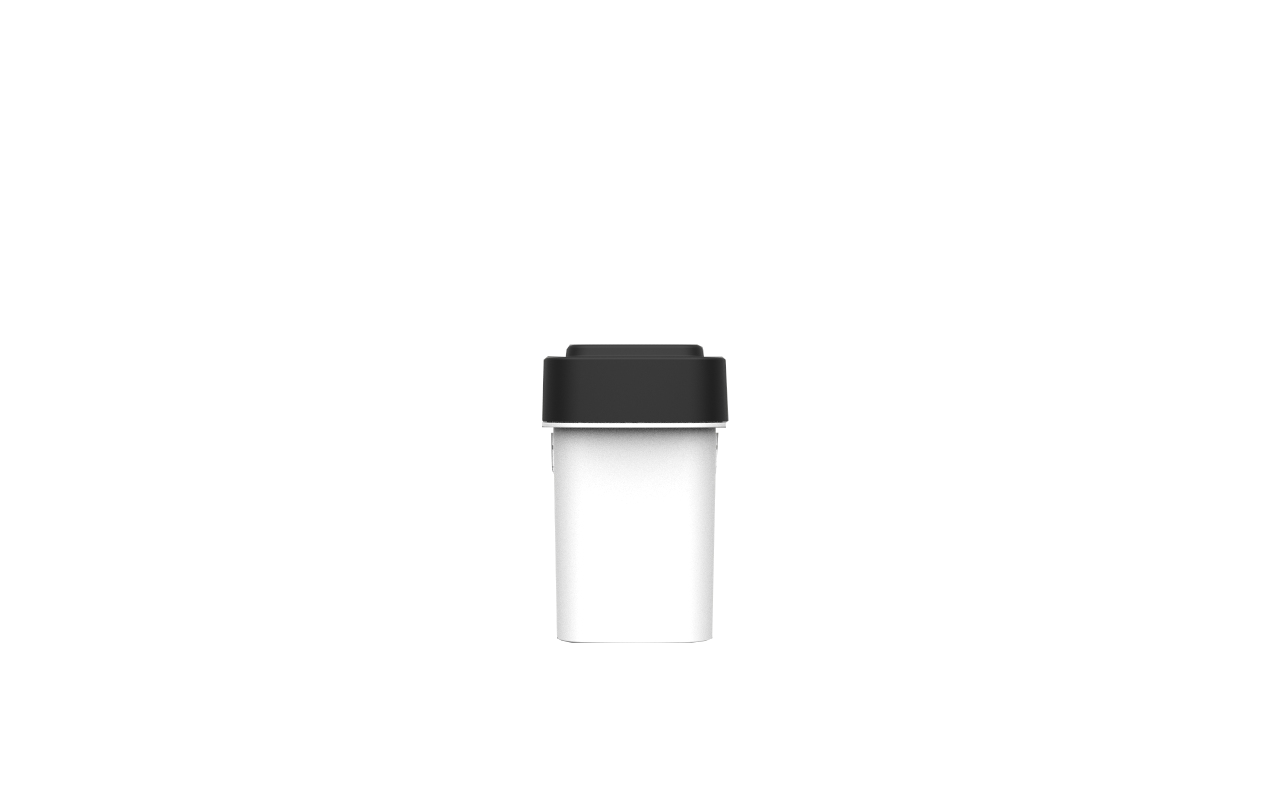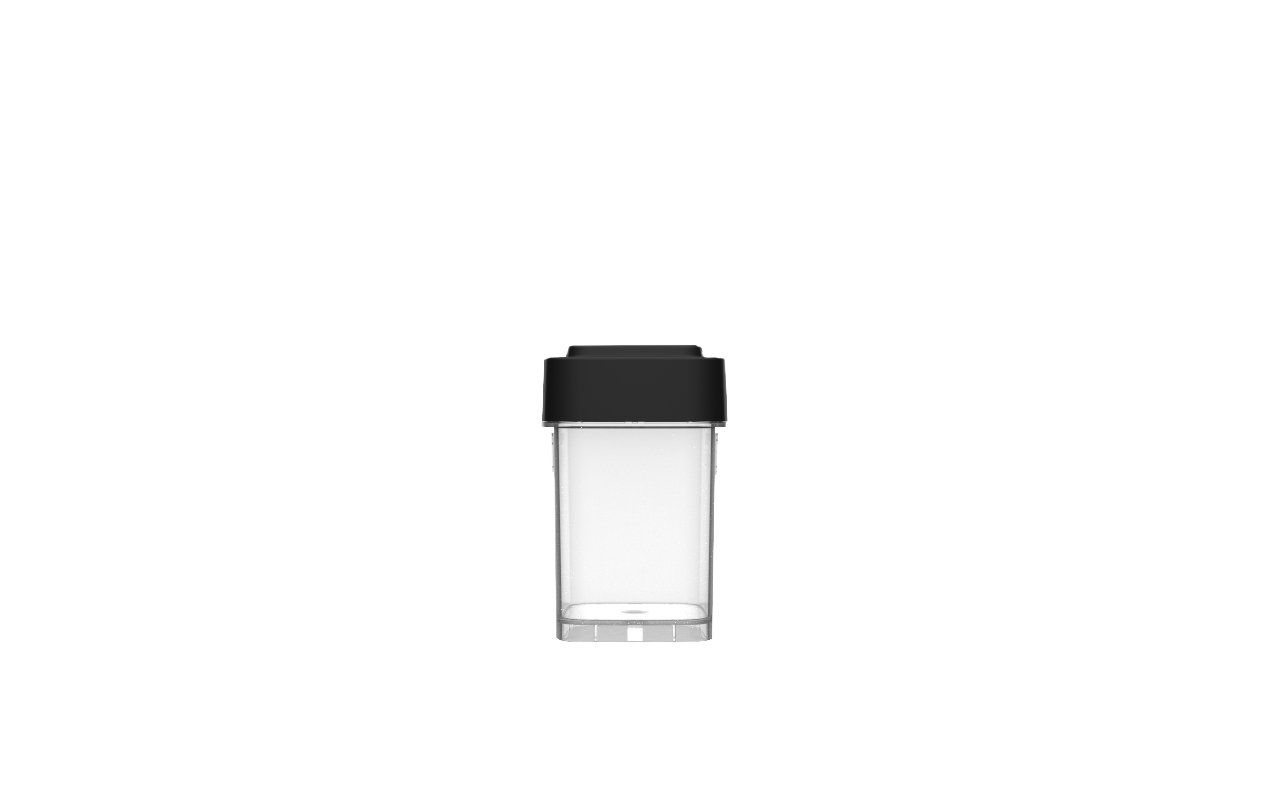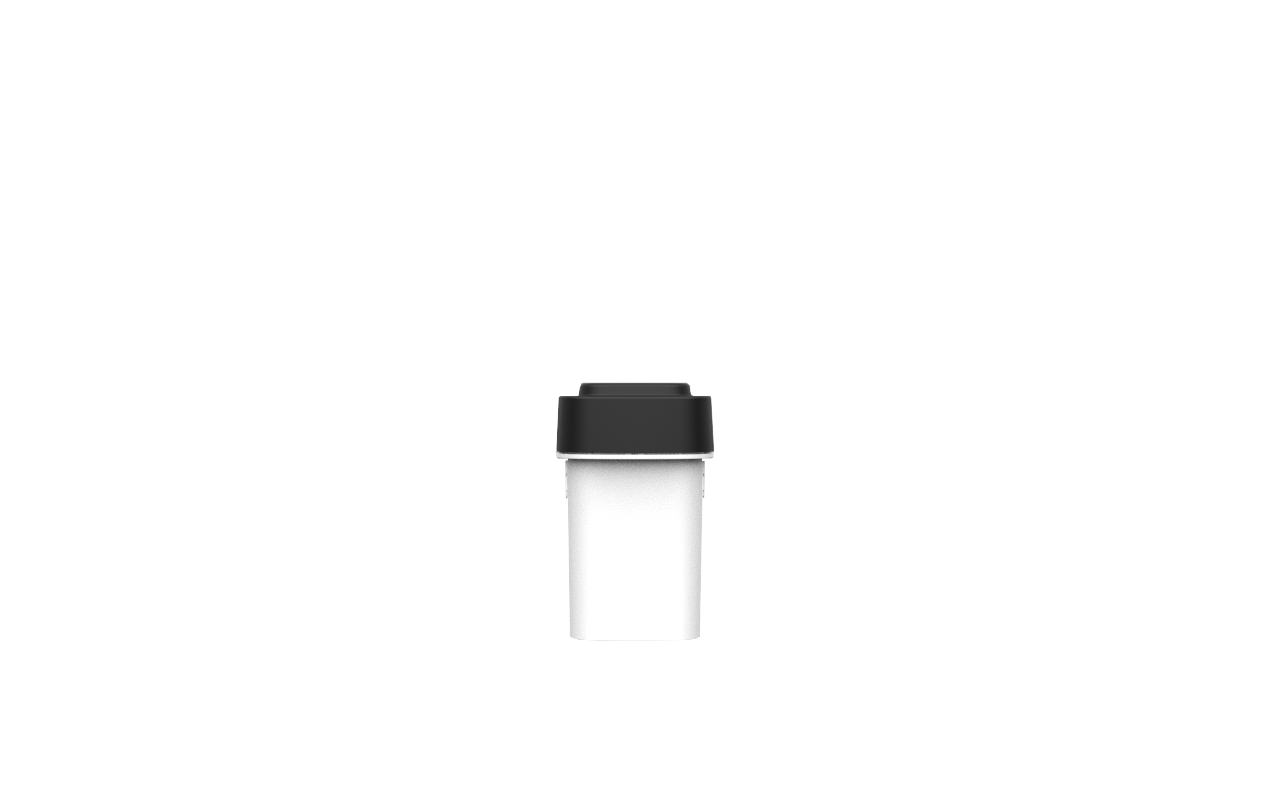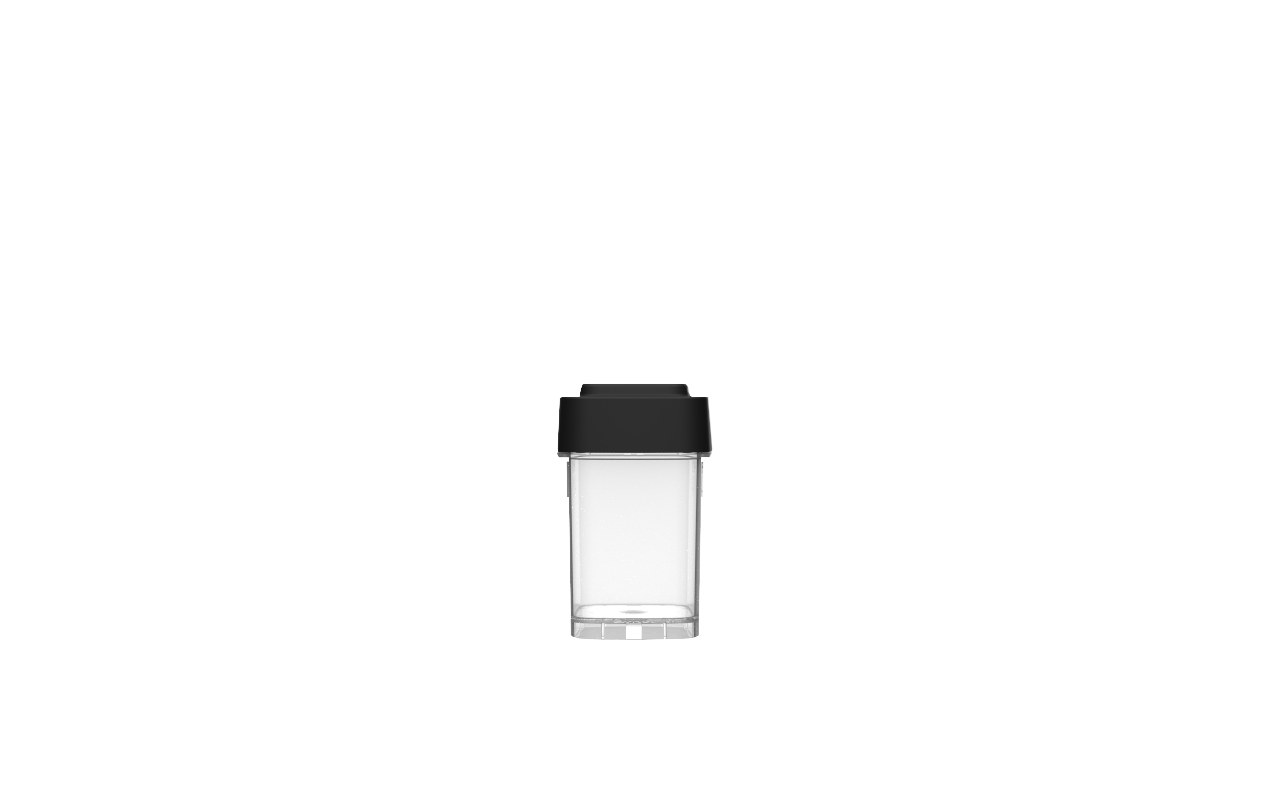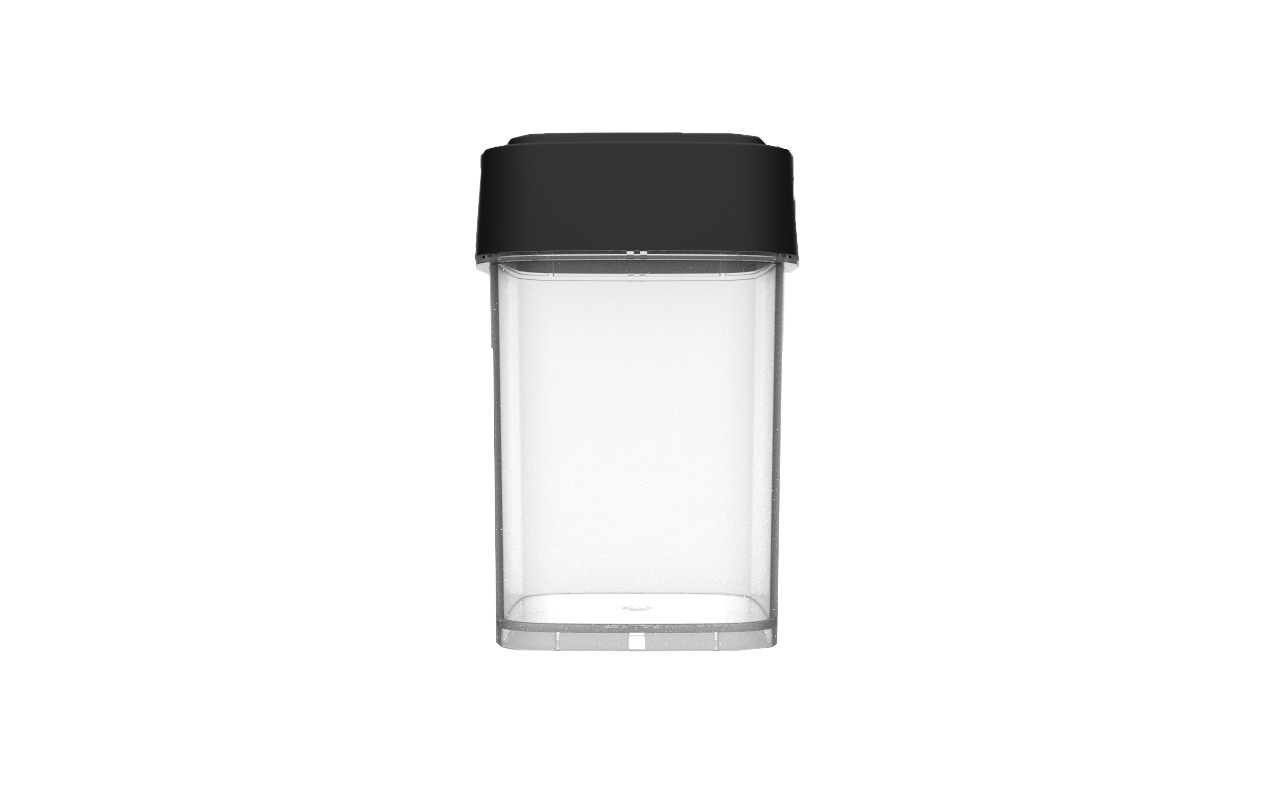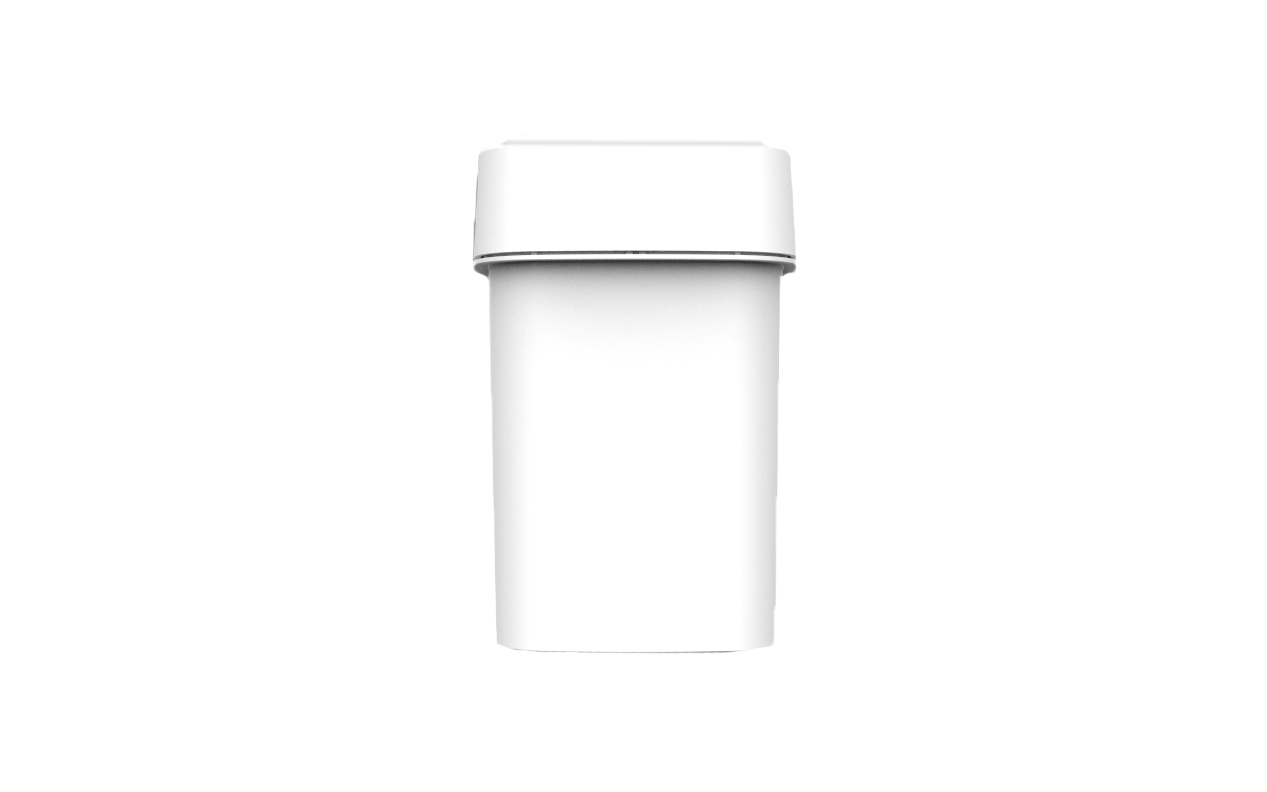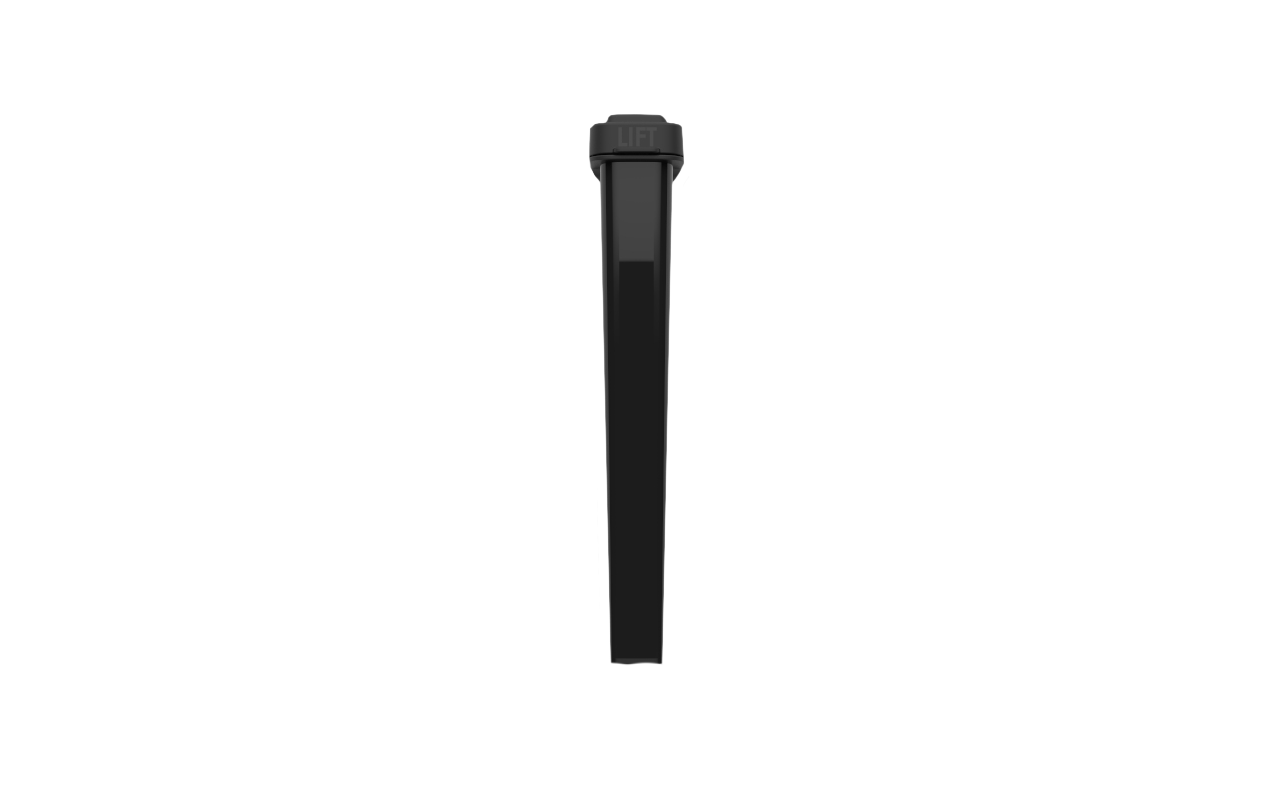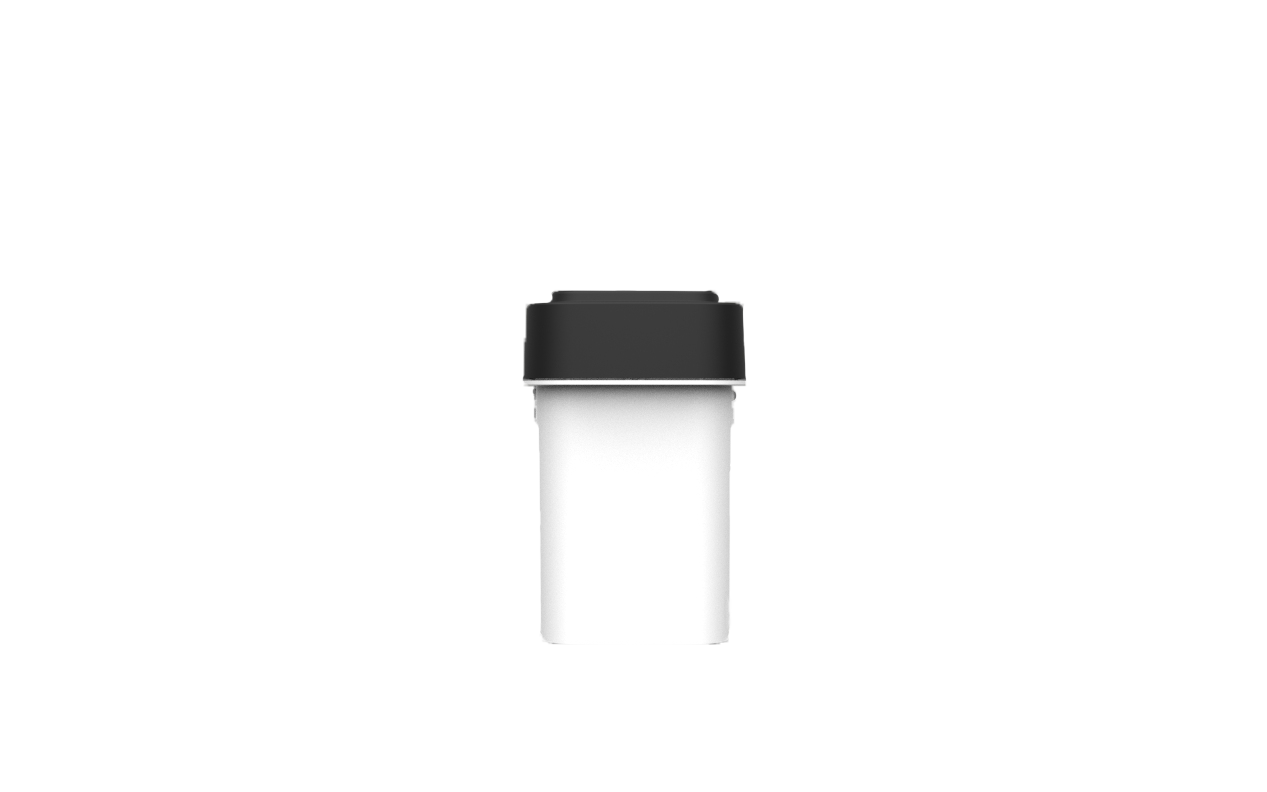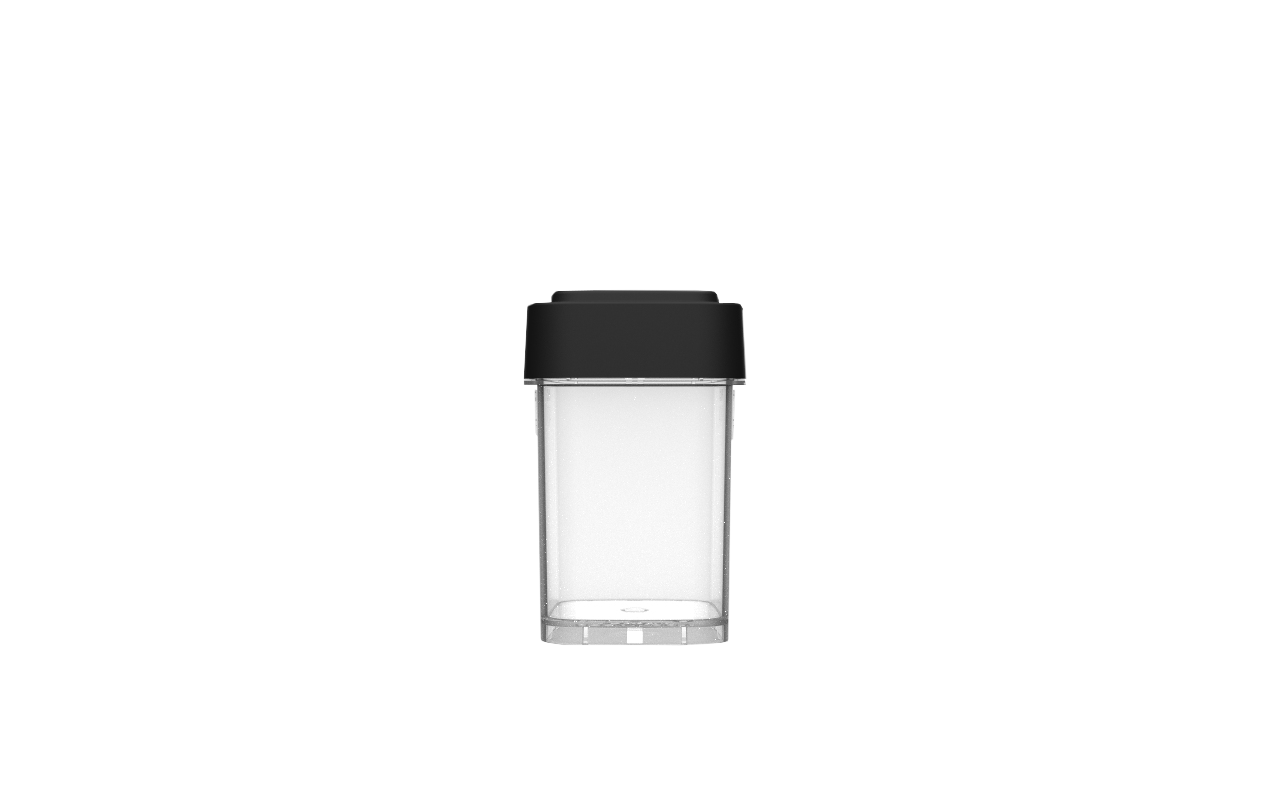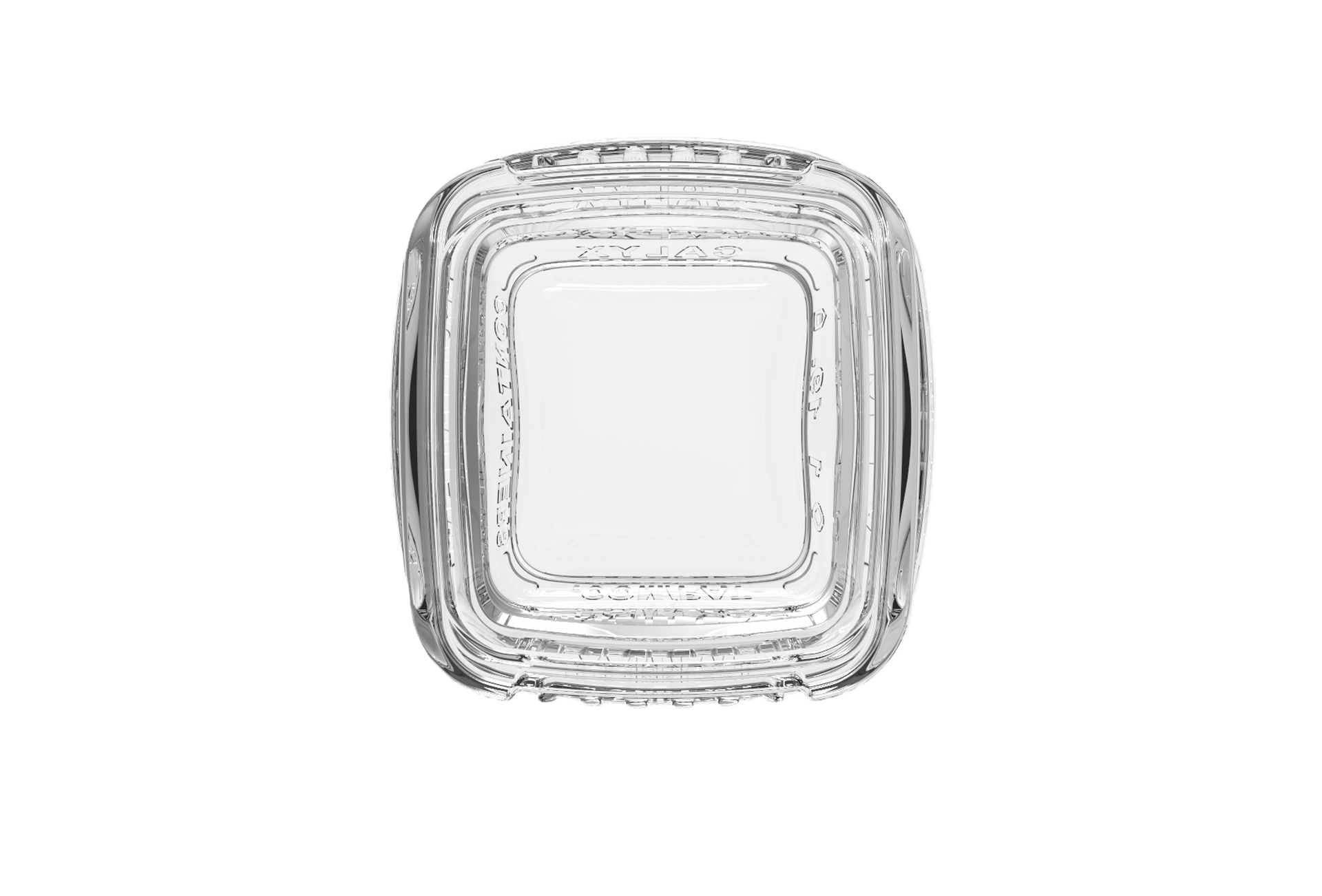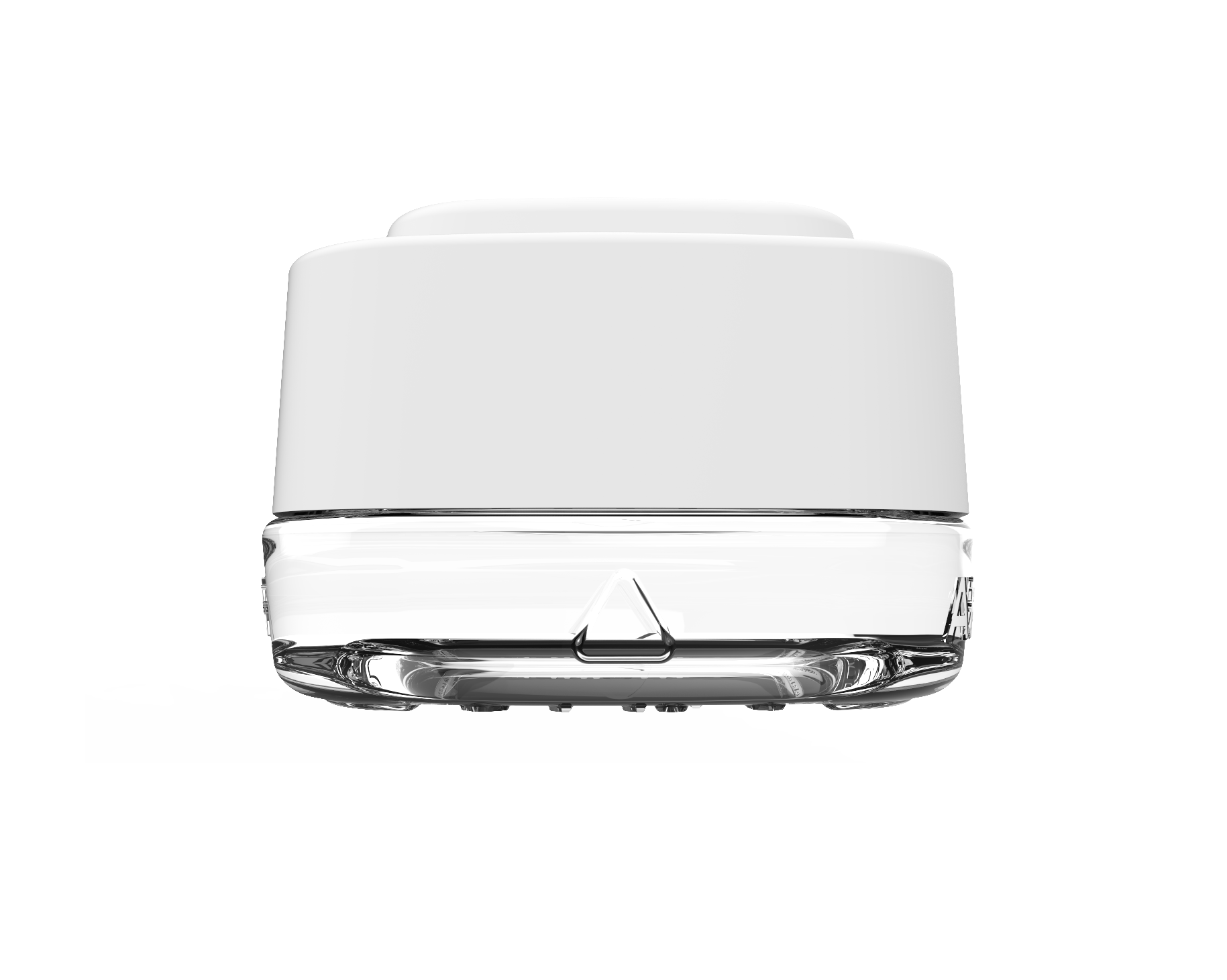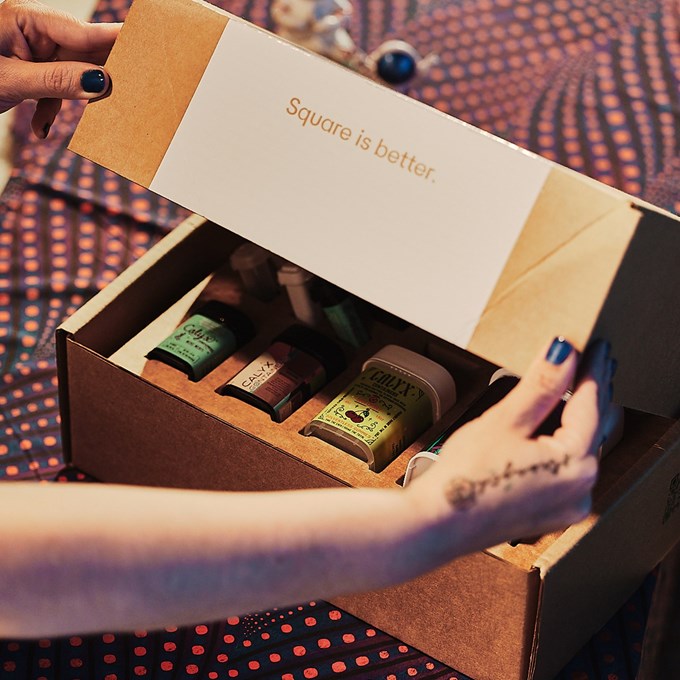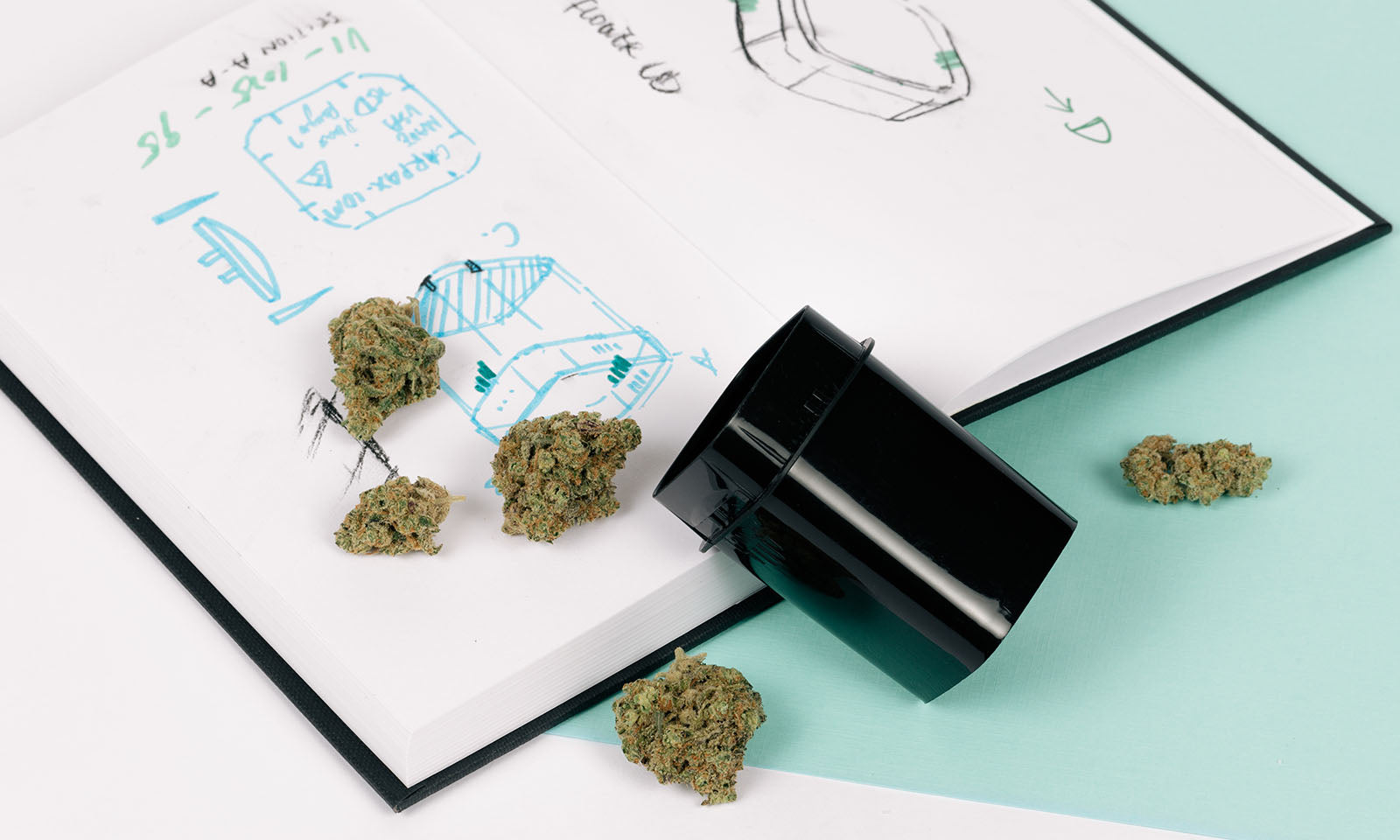As the cannabis industry matures, so too does the understanding of how to protect and preserve the quality of cannabis throughout its life cycle. Whether you’re a cultivator, processor, dispensary manager, or an end consumer, selecting the right cannabis storage container is more than just a practical decision—it’s a critical step in maintaining potency, flavor, aroma, and compliance. In this guide, we’ll explore the fundamentals of cannabis storage, outline container options used across the industry, and help you think through your storage needs depending on your role and where your product is in the supply chain.
Why Proper Cannabis Storage Matters
Proper storage of cannabis isn’t just about organization. It plays a key role in product quality, safety, and shelf life. Poor storage conditions can lead to degradation in cannabinoid and terpene content, mold growth, oxidation, and even contamination. Common environmental factors that impact cannabis integrity include:
- Humidity: Fluctuations or high humidity can lead to mold or mildew, while overly dry environments degrade cannabinoids and terpenes.
- Light Exposure: UV light degrades THC and other cannabinoids over time.
- Airflow: Oxygen exposure can oxidize cannabis, reducing potency.
- Temperature: Excessive heat can dry out cannabis or degrade chemical compounds.
By using appropriate cannabis storage containers at each stage, operators can mitigate these risks and preserve the product’s intended experience.
Cannabis Storage by Life Cycle Stage.
Each phase in the cannabis supply chain—from harvest to sale—requires a slightly different approach to storage. Let’s break it down:
1. Post-Harvest & Curing Phase Packaging
This is one of the most critical times for cannabis quality, as curing allows residual moisture to redistribute and chlorophyll to break down.
Common Storage Containers:
- Cannabis Curing Pouch / Bag
- Turkey Bags
- Plastic Bins
- Glass Jars
- Stainless Steel Containers
- Automated Curing Machines / Devices
Storage Focus:
- Maintain consistent humidity (ideally 55-65% RH)
- Avoid light and oxygen
- Control temperature (60-70°F ideal)
2. Processing & Packaging for Point of Sale (Retail & Dispensary)
This phase involves converting cannabis into different forms such as pre-rolls, extracts, and edibles. At the dispensary level, cannabis must be stored in a way that complies with regulations, preserves product appeal, and supports efficient inventory management. Child-Resistant Packaging is mandated by many states; options include glass jars, plastic Drams or containers, and resealable pouches, to name a few.
Common Cannabis Storage Containers:
- Rigid Plastic Containers
- Flexible Packaging
- Glass Concentrate Jars
- Tin Packaging
- Silicone Containers
Storage Focus:
- Preserve product integrity
- Maintain compliance
- Prevent contamination between steps
- Compliant packaging (child-resistant, opaque, labeled)
- Product protection during transit
- Maximizing shelf appeal while meeting regulatory needs
Factors to Consider When Choosing a Cannabis Container.
Whether you’re storing fresh flower, concentrates, or edibles, there are a few universal considerations:
-
Material Composition:
- Glass is inert, odor-neutral, and good for long-term storage.
- Plastic is affordable and lightweight, but must be food-safe and UV protected, or ideally opaque.
- Metal (like stainless steel) is durable but less commonly used in consumer packaging.
-
Sealing Mechanism:
- Airtight lids prevent degradation due to oxygen exposure.
- Gasketed lids or those with moisture-barrier technology offer added protection.
-
Child Resistance & Compliance:
- Especially at POS, containers must pass certified child-resistance tests.
- Packaging must also meet labeling, opacity, and tamper-evident standards.
-
Volume & Size:
- Containers should be matched to the typical product weight (e.g., 1g, 3.5g, 7g, etc.) to reduce dead space and maintain humidity balance.
-
Sustainability:
- Many businesses and consumers are seeking recyclable, reusable, or biodegradable packaging options.
Final Thoughts: Matching Cannabis Storage to Each Phase of Cannabis Production. Choosing the right cannabis container is ultimately about understanding the specific requirements of your product at each phase. Curing requires a focus on humidity and air exchange. Concentrates need materials that won't leach or degrade. Point-of-sale containers must be compliant and appealing. And consumers want containers that keep their flower fresh for the long haul.
Being thoughtful about cannabis storage isn't just about regulation or logistics—it's about quality, reputation, and the long-term success of your cannabis operation.
Want to learn more about advanced cannabis packaging? Explore our Calyx product offerings to dive deeper into optimizing your storage strategy.
